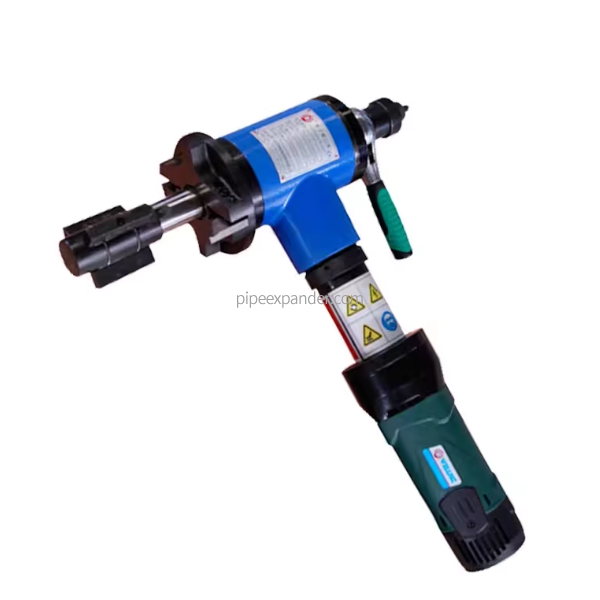
Internal Expansion Type Pipe Beveling Machine
Internal Expansion Pipe Beveling Machine has been widely adopted in recent years across pipeline construction and installation projects in industries such as petroleum, chemical, natural gas, subsea projects, shipbuilding, boilers, and hydraulic engineering. It is specifically designed for preparing welding-ready cutting bevels on pipes.
This machine type offers easy disassembly and installation, rapid centering, and high cutting capacity. Its processing range can be adjusted according to the specific model. Various bevel profiles can be completed in a single operation.
With high-speed cold cutting technology that preserves the material's metallurgical structure, it produces smooth machined surfaces ready for immediate welding. The portability of internal expansion pipe beveling machines and their adaptability to various worksites have made them highly favored by user organizations.
The availability of both electric and pneumatic drive options provides the most suitable choices for customers across different industries.
Model Specifications
| Electric Model | Pneumatic Model | Processing Range (OD mm) | Max Wall Thickness (mm) | Cutter Speed (rpm) | Motor Power (kW) | Voltage (V) | Net Weight (kg) |
| FJISE-252-2 | FJISP-252-2 | 80-273 | ≤75 | 35 | 1.6 | 220 | 25 |
| FJISE-352-2 | FJISP-352-2 | 150-352 | ≤75 | 35 | 1.6 | 220 | 45 |
Features of the Type II Internal Expansion Pipe Beveling Machine:
This machine is capable of beveling large diameter pipes with wall thicknesses up to 75mm. It can also perform beveling for U-groove and V-groove weld preparations on pipes and can process both raised face and flat face flanges after welding. The unit is equipped with an angle adjustment scale, allowing any bevel angle to be selected. It features automatic feed, a compact design, high rigidity, and is simple and convenient to operate.
Operating Procedure
1. Measure the inner diameter of the pipe to be processed. Select the required expansion block according to the expansion block chart and install it onto the expansion wedge. Tighten the bolts to ensure a secure and rigid fixation.
2. According to the processing requirements, select a tool with the appropriate angle from the tool chart. Install the tool onto the machine's cutter head and tighten the bolt to secure it.
3. Rotate the feed handwheel to extend the feed spindle.
4. Insert the machine's expansion mechanism into the pipe. Ensure sufficient clearance for feed travel exists between the tool on the cutter head and the pipe end face.
5. Rotate the expansion handwheel while adjusting the machine's position to ensure the machine's feed spindle is coaxial with the pipe center. Use a spanner to tighten the nut on the expansion handwheel.
6. Start the motor. Rotate the feed handwheel until the cutting edge contacts the pipe wall to begin beveling.
7. Upon completing the process, first retract the tool, then release the expansion mechanism, and finally remove the machine from the pipe.